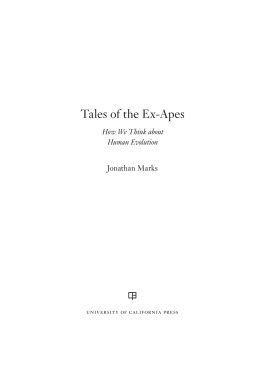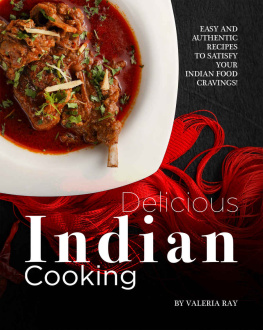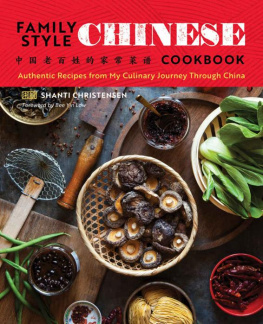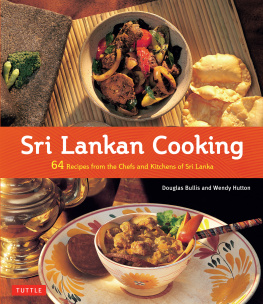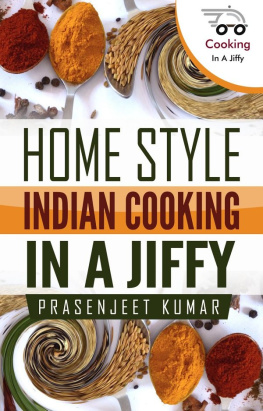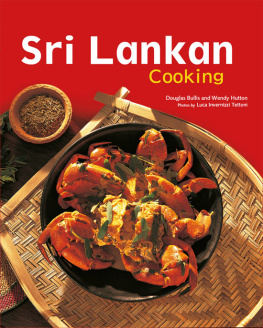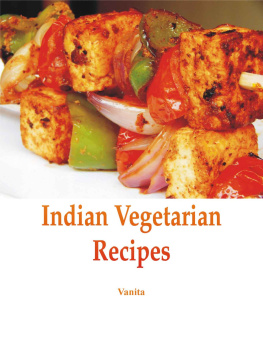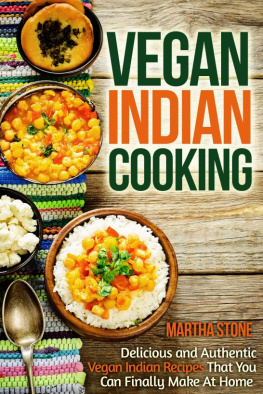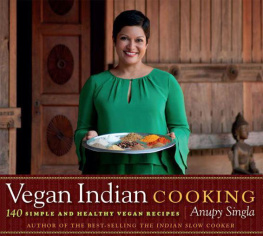AN AFTERWORD
THE MIZOSTHE LOST TRIBE OF MANASSEH
Some time ago now, during my residence and various trips to Calcutta, there was a rumor floating about that a Jewish sect was to be found in the extreme east of India, near the Burmese border, either in the states of Manipur or Mizoram. I made several tentative inquiries but nothing of substance turned up to confirm the story.
However, on February 20, 1987, an exciting event occurred. The New York Times reported that, indeed, a group of Jews did exist who considered themselves to be the descendants of the tribe of Manasseh who were dispersed to other places at the time of the destruction of the Temple in Jerusalem in A.D. 72.
The Manasseh Jews, as they are known, also indicated that they were probably the same group that came to Asia as the Kaifeng, China, now-extinct community of Jews. There are many interpretations of the Mizos and their origin, but most are pure speculation, compounded by the lack of documentary evidence. The Mizos have not been discouraged by this and are forging ahead to press their claim to Judaism in Israel and India.
Most of the speculation came via the route of Christianity, since 90 percent of the people of the state of Mizoram are Christian, having been converted by Presbyterian missionaries at the end of the nineteenth century. Before that the tribal peoples of that hilly region were animists, believing in God and fearing the Devil.
But upon reflection the Mizos equated their own word-of-mouth ideas with what Christianity had taught them. There were so many coincidences between their origin and the ancient Jews and their dispersion from the Middle East that could not be refuted. So they claimed to be the Lost Tribe of Manasseh.
During November, 1994, while I was researching this book in Calcutta, I made a telephone call to Aizawl, the capital of Mizoram, in search of the leader of the Jewish community whose name was known to me. The difficulties were frustrating; telephone lines were cut, or upon reaching the family, indistinct. This sort of thing went on for several weeks, when at last I encouraged the leader to send several persons who knew the cuisine and could describe their food. Since no foreigner is allowed into this politically fragile region, I promised to pay for their air transport to and from Aizawl. Even this was fraught with danger since roads were blocked by insurgents.
Ultimately, surprisingly, and without warning, two young, attractive people, a married couple with Oriental features of the hill regions, arrived at my hotel and work began.
Random notes about their eating habits as reported to me revealed the strangeness of the Mizo way of life in earlier days, and now. The Mizos were known as, the people of the hills who lived in agricultural communities. Most people have small vegetable plots. They are rice-eaters as are the other people of India. Meat is an essential ingredient of their diet. They are big meat-eaters, predominantly pork, except for the Jews who maintain kashrut to the best of their ability. Both the Christian and Jewish communities eat the same foods, with the exception of pork. Pork is the cheapest meat followed by beef, with chicken being the most expensive.
For the most part, firewood is used for cooking but gas cylinders are also available and are used depending upon who can afford them. Since dried vegetables are used during the winter months, when fresh items are not available, there is a rack in the kitchen above the heating unit. Vegetables are placed on the rack and dried as long as necessary to preserve them.
Of special interest are the popular sweet potatoes and their leaves. The young, tender leaves are eaten fresh. The large leaves are dried in the sun for ten to fifteen days. In a peculiar system, the stems of the leaf are broken every inch to dry faster while the entire leaf is hung over bamboo rods. After drying, the leaves are tied in round bundles and dried further on a platform near the wood fire where the smoke is said to improve the flavor. In the winter months the bundles are soaked in water, quartered, then dropped into boiling water with hot chili and salt, and cooked for 15 minutes. One bundle serves five people.
We are dealing here with the simplest of foods contrived by mountain and jungle people.
The following is the general eating routine of the Mizos:
Early morning tea. Black tea is the beverage of choice. No breakfast.
Lunch is eaten at 8 A.M.
Noon is snack time.
School is out at 4 P.M. (The Mizos have one of the highest literacy rates in all of India.) Businesses close at 5 P.M. Dinner is eaten from 5 to 6 P.M. Tea without sugar is taken after each meal.
Now, many families have gone to Israel attempting to be identified with the Judaic way of life. The road is difficult because in order to be included the Mizos must have sufficient proof of their antecedents.
But the Mizos are not discouraged.
HOLIDAY COOKING
The following letter was sent to me by messenger in Calcutta during the time when I was attempting to find Mizo cooks from the Jewish community. I am including this as it was written since it contains all the information as expressed by the writer, Chazan Gideon Rei, the leader of the community.
Dear Mr. Copeland.
If you want to include these few lines of the method of cooking our food for holiday use as the following:
The sevet Manashe use to prepare a special dine for Sabbath and holidays. That the most importance item is Baker loaf or bread which mixed by a small quantity of sugar on Sabbath and holidays for the use of Kiddush which baking by ourselves and bakery shops.
Chicken curry is the most prevailing customary on Jewish auspicious days. After removed the blood by: (a) soaking (b) salting (c) Rinsing as per Jewish law, the meat is set down on a diagonal slant position apropriet for the salting stage.
And the concoction of chicken or animal is generallythere are three kinds of method viz.(a) Frying with some spices and turmeric. Sometime we add a small quantity of water (b) Hatch potch of meat and rice with added some garlics, gingers and good odour of herbs. (c) Cooking meat by boiling it with a lot of water (Undiluted by water) such as for soup.
On specific holidays such as Purim, Chanukkah and Shimchat Torah, we use to set the social banquet. We slaughter Ox, Sheep, He-goat or sometime also the Fish.
These permited animals we eat after preparing through the laws of Kashrut. Generally, beef is concocted simply by cooking with a lot of water for the feast. Sometime, meat is fry with ingredient of some species, garlicsw and gingers ek.t.c. The slaughter of aminals have done just a day of before holiday.
On Shavuoth. We use to eat a lot of dairy food, cheese making from milk.
On Purim, we eat a kind of flat loaf which has three corners.
On Pe(s)ach, we bake a flour of wheat without mixtur of any kind of species as for Matzoth. This local made Matzah is very difficult to consume because of no expert to bake it.
YOUR'S
(GIDEON REI)
ARSA KAN
Chicken Curry, Mizo Style
Meat is money, and while a chicken is expensive, it can feed many. This curry is prepared to serve ten, with substantial sauce, along with a large portion of rice. Cardamom, which grows in Mizoram, is frequently included in their cooking. Oil is liked there and is added in quantity. As prepared here, this is an economical dish.
| cup mustard o1l |
| 2 | medium onions, sliced (1 cup) |
| 4 | cloves garlic, crushed to a paste |
| 2 | inches fresh ginger, crushed to a paste |
| 2 | ripe tomatoes ( pound], sliced |
| 1 | teaspoon salt, or to taste (Mizos like salt and use it liberally |





